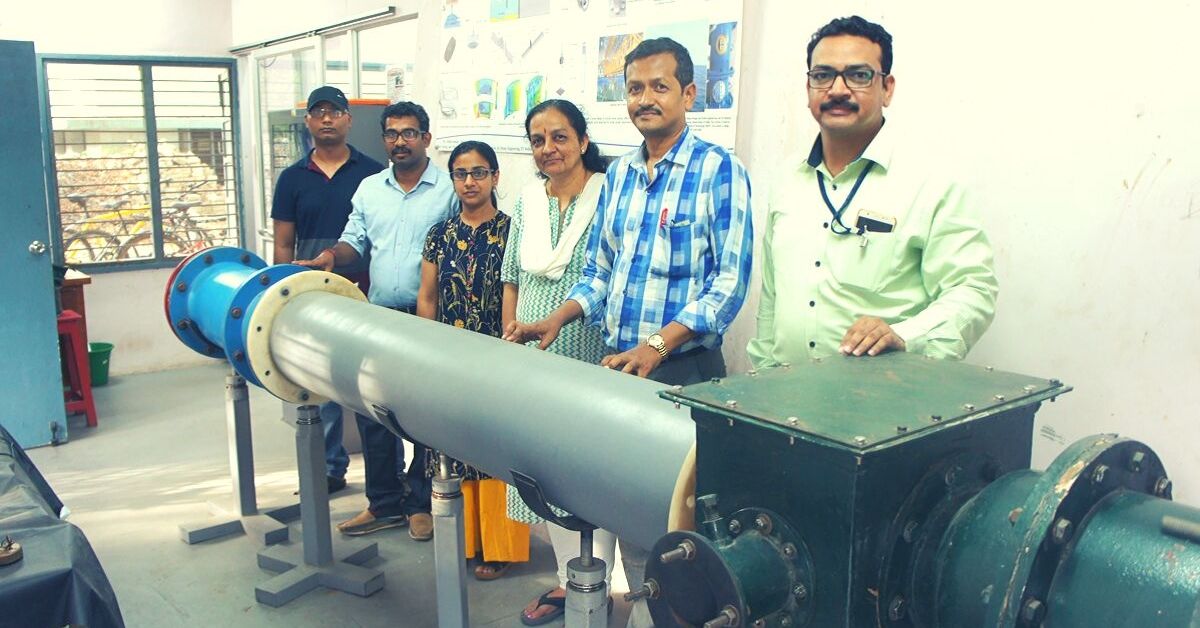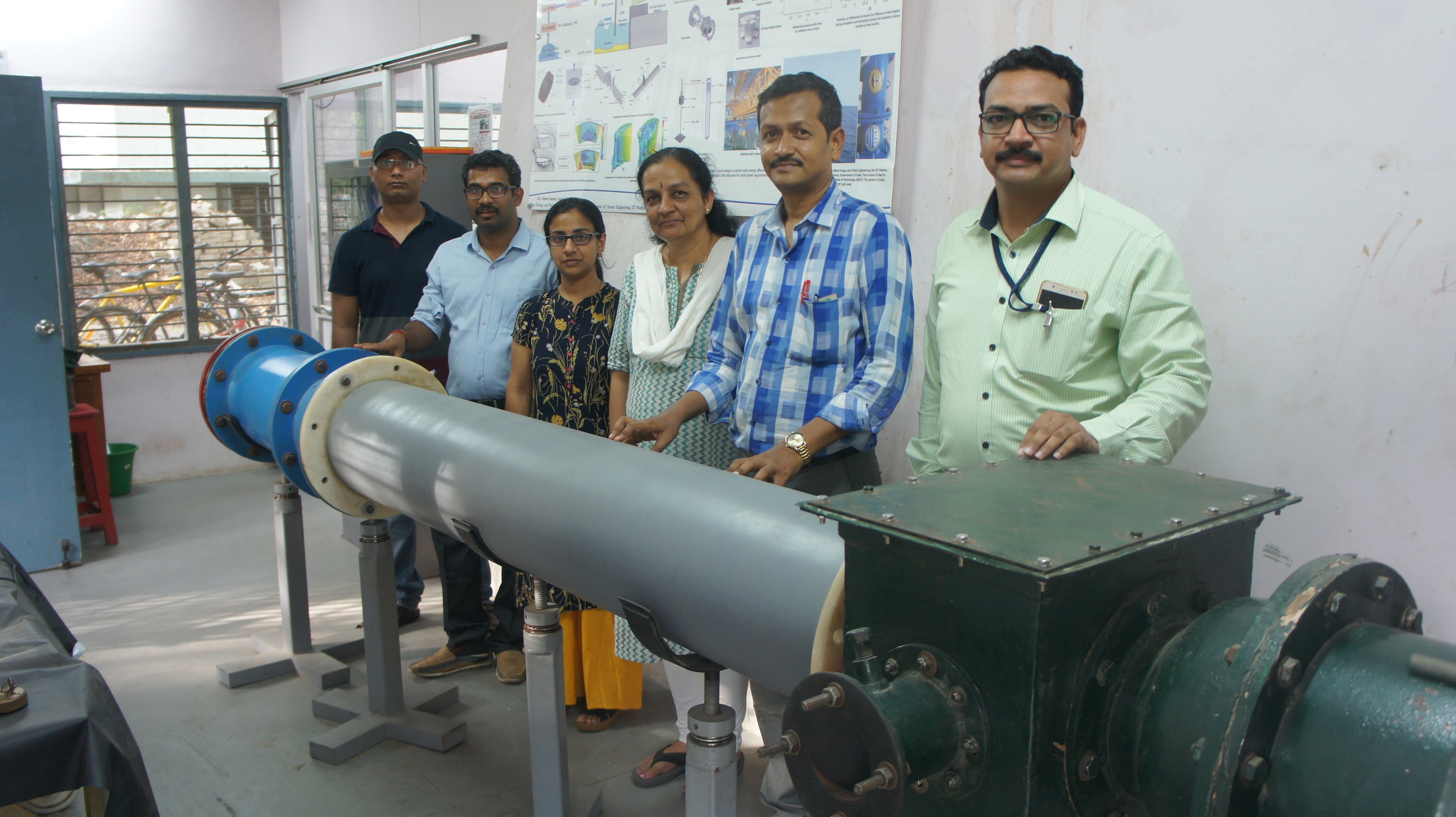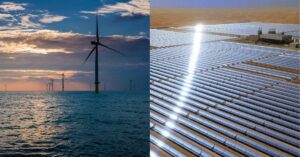Meet the IIT, NIOT Scientists Using the Power of Oceans to Generate Electricity!
India's long coastline has many estuaries and gulfs that provide ample opportunities to harness this renewable energy. So these innovative turbines may one day power thousands of homes! #IIT #Innovation #RenewableEnergy

At a time when the demand for energy is increasing, there is an urgent need to develop options for renewable energy.
While India has worked towards developing its solar and wind energy potential, a sector which hasn’t received enough attention is ocean energy, which is unfortunate because the country has an extensive coastline measuring up to 7517 km laden with estuaries and gulfs.
This cool water-saving shower head easily fits on to your shower to save up to 80% of the water that would have otherwise been used with a regular shower!
“Being a peninsula, India has abundant access to high energy waves, and wave energy would positively affect the country’s economy by providing three-fold returns, i.e., economic, social and environmental. However, the high installation cost of generating energy from waves is a cause of concern, but the working cost of this technology is zero…,” says this study published in the International Journal of Engineering, Management & Sciences.
Last month, in a renewed push to cut India’s dependence on fossil fuels, the Ministry of New and Renewable Energy had declared Ocean Energy as a significant source of renewable energy.
There are multiple ways of harnessing this energy, but a team of researchers from IIT Madras and National Institute of Ocean Technology (NIOT) are developing better turbines that can harness the power of ocean waves to generate electricity.
“The research team comprises of Mr Aravind George, Ms Suchithra Ravikular, Mr R Ananthnarayan, and Dr Abdus Samad from the Department of Ocean Engineering, IIT Madras. On the other hand, the scientists, Mr Prasad Dudhgaonkar, Mr Biren Patnaik, and Dr Purnima Jalihal are from NIOT. Dr. Jalihal is the Head of Energy and Fresh-Water Group of NIOT,” says the official release.

“The Department of Ocean Engineering, IIT Madras, under the aegis of the Indian Government’s Department of Ocean Development has been working to bring wave energy closer to reality since 1983,” says Dr Abdus Samad, Associate Professor, Department of Ocean Engineering, who is heading the research at IIT-Madras.
All this research led to the establishment of a 150 kW Pilot wave energy plant in 1991 at Vizhinjam in Kerala. It was running well, but production was low and not enough for commercialization. The wave energy plant was finally decommissioned, but there were other such attempts harnessing wave energy.
According to Energy Alternatives India, a consultant on renewable energy-related concerns, an ocean can produce two types of energy—thermal energy from the sun’s heat and mechanical energy from the tides and waves. Policymakers have explored possibilities of harnessing tidal energy off the Gulf of Kutch, Gujarat, and Durgaduani Creek in the Sundarbans.
For wave energy, the biggest challenge remains harnessing the copious amounts of energy generated by ocean waves that are very unsteady and generate “unpredictable forces” that act on turbines.
Elaborating further on this aspect, Dr Samad says, “Wave-energy harvesting turbines capture the energy of the periodic up-down motion of ocean waves through a device called Oscillating Water Column. One such turbine called impulse turbine is connected to a generator which converts the mechanical energy into electrical energy. It uses the energy of a high-velocity air jet created by the waves in the device.”
“The turbine is the heart of the wave energy system, and a huge amount of research works are done through fluid dynamic analysis, experimental system development, design, and tests. To overcome the challenges coming on the way to develop from scratch to the ocean test took seven years and more than two dozen of researcher’s work on it. The turbines being developed are for the floating and fixed wave devices being developed at NIOT. The hydrodynamics, floating body dynamics, offshore-related aspects and integration of the turbine – generator module with the device are all being done by NIOT,” says a recent press release.
“The main reason why earlier systems didn’t work is because the turbine is weak. It is the main power capturing device. These turbines are at the heart of any attempt to harness wave energy, but it’s a very complex system to crack. The turbine my research team developed for NIOT is 200 mm in diameter, which can generate just 150 Watt of power. You can’t compare it with the power generated by coal or petroleum. It is still in its research stage. Our system, however, will be useful in discrete locations. For example, for coastal surveillance to prevent infiltration through our oceans, growth and regeneration of corals, desalination of sea water for disaster management in coastal regions and navigation buoys for ships,” explains Dr Samad.

“For power generation, however, the potential for wave energy can differ from place to place. For example, on the southern tip like Kanyakumari or the Kerala and Western coast, you can witness a good wave height of say 2.5 metres. However, in the Chennai area, the wave height is 0.5 metre-1 metre, and thus can generate low amounts of power. Commercial production would be very expensive here, whereas in other parts parts it’s possible but there is still a long way to go,” he goes onto add.
The potential of harnessing ocean wave energy in India is massive, and the Government of India must make active efforts towards promoting it.
Fortunately, this is happening with the Ministry of Earth Sciences funding current IIT-Madras-NIOT study.
Also Read: Drive Green: 5 Electric Bike Startups Leading India’s Switch to Clean Fuel
(Edited by Gayatri Mishra)
Like this story? Or have something to share? Write to us: [email protected], or connect with us on Facebook and Twitter.
This story made me
- 97
- 121
- 89
- 167
Tell Us More
We bring stories straight from the heart of India, to inspire millions and create a wave of impact. Our positive movement is growing bigger everyday, and we would love for you to join it.
Please contribute whatever you can, every little penny helps our team in bringing you more stories that support dreams and spread hope.



















